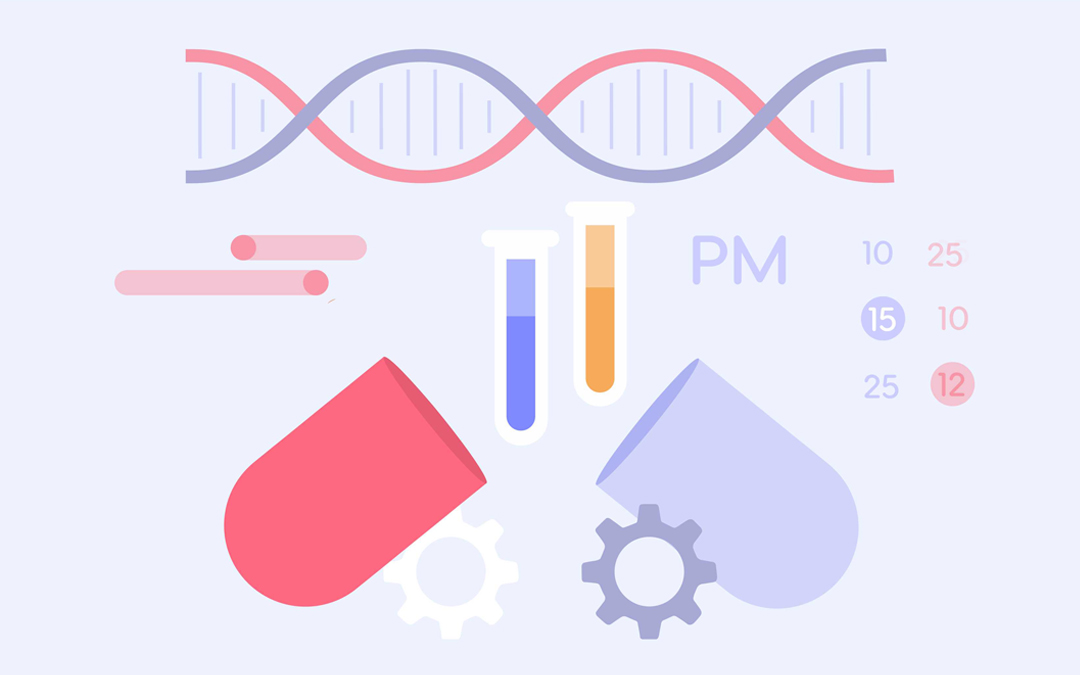The brains behind Epicflow, Albert Ponsteen and Jan Willem Tromp, are convinced that dynamic work environments require a new project planning paradigm.
With extensive experience in multi-project management, these Dutch scientists know how to overcome the biggest challenges of today’s C-level executives.
You have thirty years of experience in project management, which is truly impressive! What actually inspired you to choose this field?
Albert: I started my career as a software engineer and moved up the ladder to team lead and project manager. Using Critical Chain Project Management at Ericsson, which aims to reduce the time required for a single project, we delivered at least 30% faster than expected. We were really excited about the result, and this was the moment I realized that working fast, having a good work life and having job satisfaction can really go together. This was an eye-opener for me. When I first entered a multi-project environment, it seemed even more challenging. I’ve been fully focused on the problems of multi-project management since 2001, and the simple truth is that most projects that collapse do so due to a lack of reliable planning tools that are able to perform task prioritization efficiently.
Jan Willem Tromp and Albert Ponsteen, Co-Founders of Epicflow
Jan Willem: My career started in a production environment 27 years ago. Production is a little bit boring for me because you repeat the same kind of work. Project management appeared as a unique, lively alternative with tempting uncertainties. My experience was the same as Albert’s. A single project environment is a piece of cake; it’s always easy to do your job through hard work and communication. A multi-project environment is extremely complicated.
Indeed, that was the moment when Albert and I met and decided to create a solution for multi-project environments. We were totally unsatisfied with the leading tools on the market.
Our idea is really unique, as Epicflow is an automated solution for task prioritization. I’m convinced that our real headache is not the lack of a tool anymore. Our main issue is how to convince people that they have a problem they are not aware of. Five years ago we both decided to get our PhDs because we are extremely confident that our method has great potential for a lot of companies.
Is your solution revolutionary to some extent?
Jan Willem: Yes, but I don’t like this word, it’s not academic [laughing].
Jan Willem Tromp and Albert Ponsteen, Co-Founders of Epicflow
What’s your main strength in the field of project management?
Albert: I think multi-project management is very complex and my strength is to make it simple.
What are the biggest problems of multi-project management that you’ve discovered in your experience?
Jan Willem: Basically, we agree upon the existence of three problems: wrong priorities, overload, and overhead.
- Firstly, in a multi-project environment, management has difficulty in prioritizing the work for their employees.
- Secondly, an overloaded employee is the most dangerous threat they can experience, as one person can delay all projects.
- Overhead means that people are putting a lot of energy into creating project plans.
Our main challenge is to make multi-project managers aware of the real problem.
Is it possible to choose the right focus and set priorities effectively in a multi-project environment without a proper tool?
Albert: In this context, you have to distinguish between a project manager, a portfolio manager, and a multi-project manager. A project manager may focus on a single project, while a multi-project manager works in a complex environment. What if there is the need to share the same resources simultaneously?
Once you have arranged the strategic part of portfolio management, prioritizing is child’s play because we have our algorithms.
We can calculate based on required effort or based on due dates you have to meet. This part is totally automated. Epicflow facilitates the entire planning process.
Without this tool, you’ll have to stick to traditional methods – using a Gantt chart, for example.
Jan Willem, you disapproved of Gantt charts in one of your articles and said that they cause spaghetti networking. Could you please comment on this?
Jan Willem: Planning with a Gantt chart requires a great deal of mental effort. In a multi-project environment, experts need to plan many details and continuously introduce new changes that affect other aspects of all projects. Things get tangled, just like spaghetti. This is a dead end road. If you still prefer planning by hand to an automated solution for multi-project planning, you need to agree on a start date and an end date for every task. What we know for sure is that you will never meet the deadline because every time something changes, you have to re-plan. This is my objection to planning with a Gantt chart. It’s almost one hundred years old, which makes it hardly applicable in the current environment. We’ve got a successor, which is Epicflow.
Jan Willem Tromp with Witold Kepinski, Editor-in-chief at Dutch IT-channel, at Web Summit, 2016
You’ve created your own method, called Flow, to resolve resource conflicts and prevent overload and overhead. What is the philosophy behind Flow?
Albert: If you overload something, then things will get stuck around the bottleneck, so there will be no flow and you’ll have to release the bottleneck. That’s why allocating resources efficiently is extremely important in a multi-project environment. The other thing about the Flow philosophy is that we address the three points we mentioned in the beginning. Flow can also be explained from the perspective of building a house – you know where and how to build it, what resources to use, and when you expect it to be finished. The complexity will not change overnight. If the construction process gets stuck, then Epicflow can make it flow again in the right direction by setting priorities and thus maintaining continuous movement.
Jan Willem: Albert forgot to mention one thing. We plan certain things and certain tasks. But we cannot plan uncertainty. We introduced a buffer to fight uncertainty, and we monitor how much of this buffer is already consumed.
So how would you define the Flow method?
Jan Willem: It’s a better, faster, and cheaper way for a company to manage their business. To be better, faster, and cheaper you have to get rid of all the waste, meaning wrong priorities, overload, and overhead. There are three objectives – three ways of solving the problem and creating flow. We are not creating flow. Epicflow just provides the client with information about where their processes are stuck and where they’re overloaded so the client can then solve the problem. I cannot directly solve a bottleneck. I can only tell you that you have a problem and show where to find the ‘bug’ in your business.
What is the biggest difference between Epicflow and other PM solutions?
Albert: All existing solutions stem from a single project philosophy. All of them started in response to a single project environment and did not evolve to prioritize tasks and allocate resources: MS Project, Clarity, Primavera, TOPdesk, Jira. They think that if they can plan one project, they can use the same strategy to carry out multiple projects. But in multi-project management, you have to start with something you share among all those projects – human resources.
Jan Willem: Additionally, in other existing project tools you may find a focus on communication. They do not plan and conform, so it’s just communication, like in ProjectPlace. All these tools are aimed at simple collaboration in the workplace.
Our clients have already tested the Flow method before it was launched as a SaaS platform. Could you share some results?
Jan Willem: Epicflow doesn’t work as a standalone solution; it always integrates into other PM tools, adding value.
Epicflow is a web-based platform, re-launched after our previous Flow application that wasn’t web-based.
The clients have a source system with all the data (projects, tasks, relations among tasks, resources, estimates) and we use this data in our online app. I can give you two numbers. One of our clients, an IT maintenance company, reduced their work time from 70 minutes to 45 minutes after working with Epicflow for one year. It’s been handling all the issues that pop up in the organization. The second number, a very interesting example indeed, comes from a company in the shipbuilding business; they’ve reduced their working time by almost 10%. In both of these cases, our clients integrated data from MS Project and TOPdesk.
A security system company, PILZ NL, credited the previous version of Epicflow in winning National Business Success Award 2015.
What should your existing clients expect from the Epicflow SaaS solution, the new software package for the Flow method?
Albert: Clients can immediately see the impact on the resource load of adding a new project to the pipeline, and it may open business opportunities for them. In addition, a resource manager has the ability to put people in multiple teams simultaneously to arrange the work process flexibly. These features are unique, and no other project management tool includes them.
Jan Willem: In short, Epicflow lets you manage multiple skills for one person across multiple teams. Also, we are developing a mobile application to make it more convenient, as a lot of our customers have employees who are not working in the office but are on the go, using mobile phones or tablets.
Epicflow mobile application for project management
Do you agree with the statistics that every fourth project manager is struggling with the problem of task prioritization?
Jan Willem: We have to agree because we have found the solution [laughing]. Additionally, almost 40% of project managers still come up against the challenge of running too many projects simultaneously. Our mission is to reduce this percentage and fight off the root of the problem.

Jan Willem Tromp presents Epicflow at Outsource People Conference, 2016







